Hello and Welcome.
This website is an account of visual research exploring the design vernacular of Hot Bread bakery signage and typography, which culminated into a solo art exhibition and the genesis of a new, Hot Bread inspired font.
Ultimately, this website serves as a vehicle to share some of the illumination and mystery encountered from a fully baked exploration of all that is: Hot Bread.
































About the Artist/Author
My name is Jeff Kessel. I'm a Sydney based graphic designer, university lecturer and creative producer with a passion for typography and old signs.
The research contained on this website was conducted over an eight month period in 2019 when I was frequently, and deeply, reflecting on the meaning of 'Hot Bread'.
*It's important to note that only bakeries called 'Hot Bread' were included in my visual research and no other bakeries, Vietnamese Roll or Pork Roll establishments were included in my investigation.
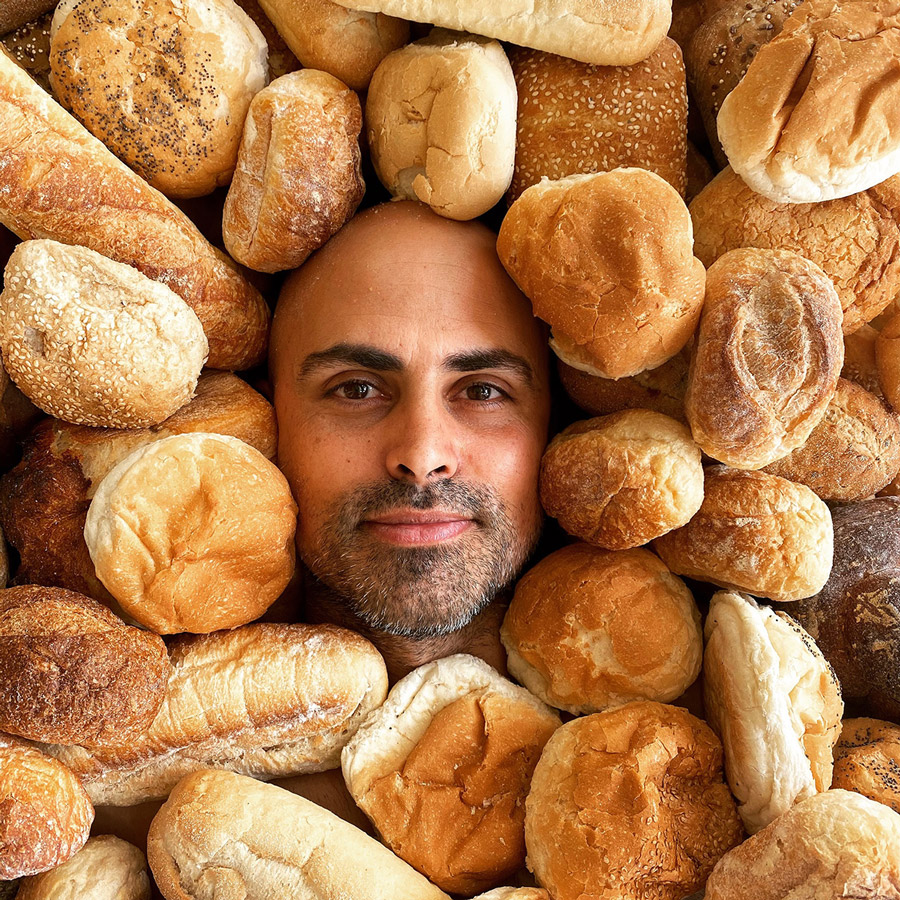
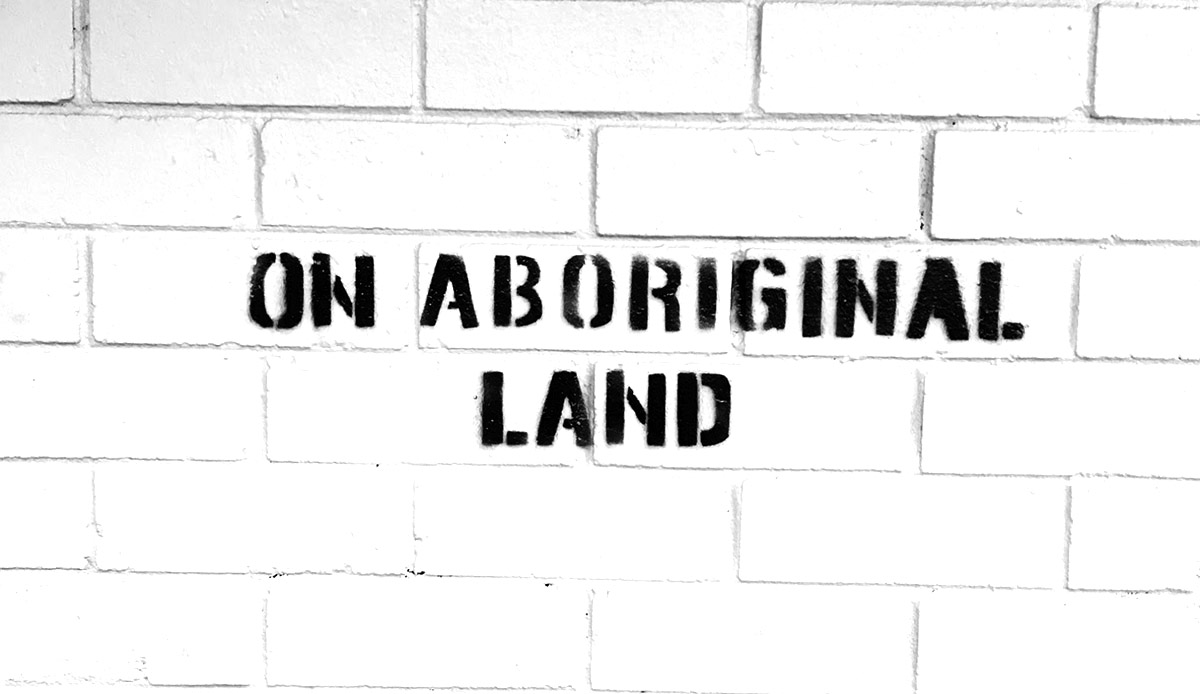
Always Was, Always Will Be.
All of my research took place in Marrickville on Gadigal country.
I would like to acknowledge the Indigenous spirit of this land, all Gadigal elders past and present and I would also like to extend that acknowledgement and pay my respects to all First Nations people who now call Marrickville home

.jpg)
Why Hot Bread? Please Allow Me To Explain...
For 7 years, I lived in Marrickville, a large, culturally diverse suburb in the Inner South-West of Sydney, known for its thriving creative and cultural industries, and the large Vietnamese and Greek communities that it has been home to for decades.
Marrickville also has a fairly distinguished reputation for its mouthwatering Banh Mi, which, if you haven’t had the fortune of trying before, are Vietnamese bread rolls stuffed with delicious things like Mayonnaise and tofu.
One morning in early 2019, while en route to work, I noticed a concerning development in the neighbourhood that caused me some distress.
It was a sign for a brand new Hot Bread bakery.

Now, there was nothing particularly offensive about this new sign (pictured). It was nicely presented with clean, modern, sans-serif fonts and a decent amount of whitespace, and the colour scheme was easy on the eye.
So, why did this Hot Bread sign cause me so much discomfort...?
I couldn't easily answer that question. It was a strange feeling. So, to get to the bottom of it, I decided to investigate this feeling further.
Shortly afterwards I stopped in at another local Hot Bread, one with some fine looking, hand-painted, vintage signage, called Kim Hot Bread.

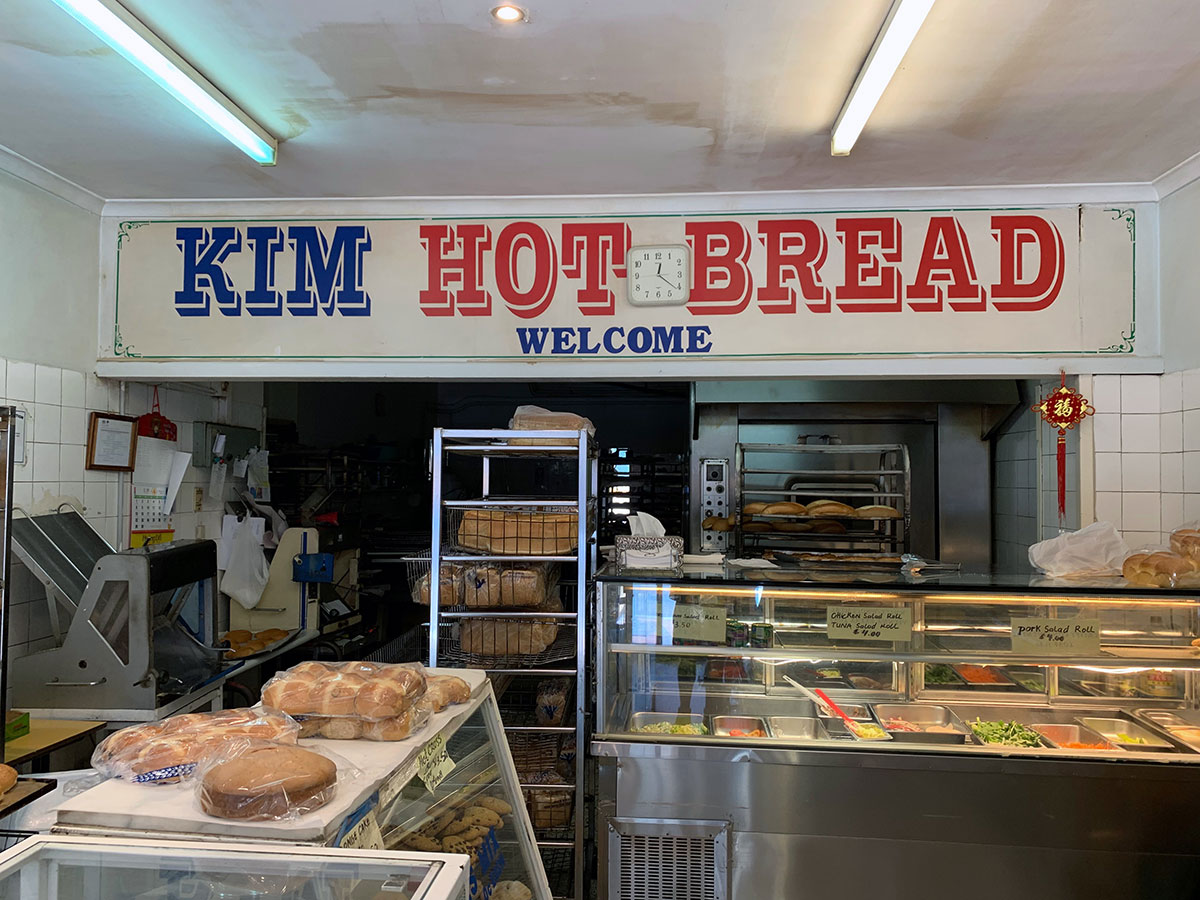
While looking at the baked goods on display I began chatting to the nice Vietnamese woman behind the counter. After some time, an elderly Greek woman came into the bakery to buy a loaf of bread.
I told the lady behind the counter that I was a graphic designer, and I really liked letters and old hand-painted signs, and I asked her if it was okay to take photos inside the bakery.
She was happy for me to do so.
The elderly Greek woman looked puzzled by my request. She took a good, long look at me, looked at the wall I was photographing, and then looked at the lady behind the counter, and said ‘you need to fix your clock, it’s frozen in time.’
And sure enough it was. The clock wasn’t moving and it told the wrong time. But like poetry, the Greek woman had unconsciously, but very clearly, expressed the exact metaphor for what we were all collectively experiencing.
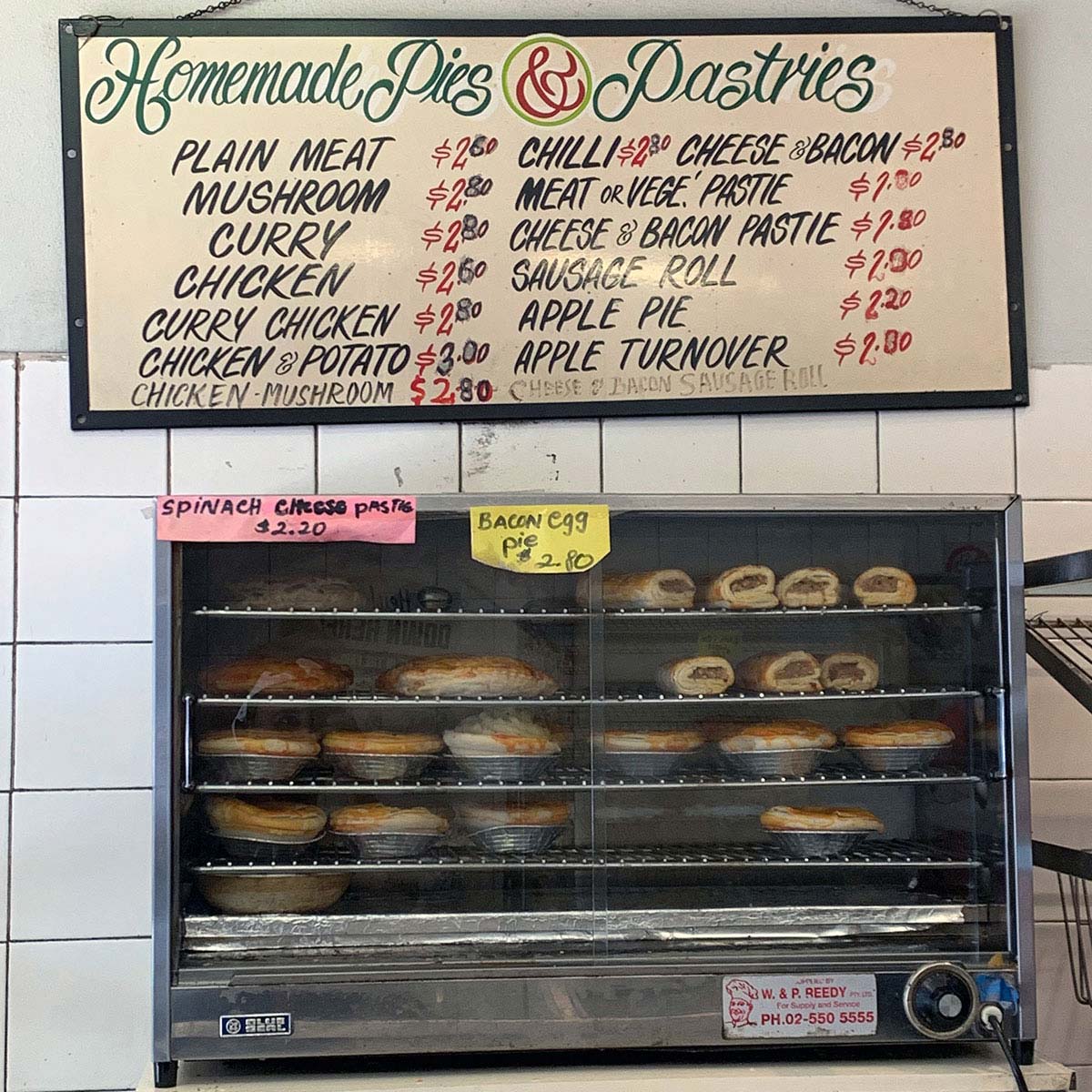
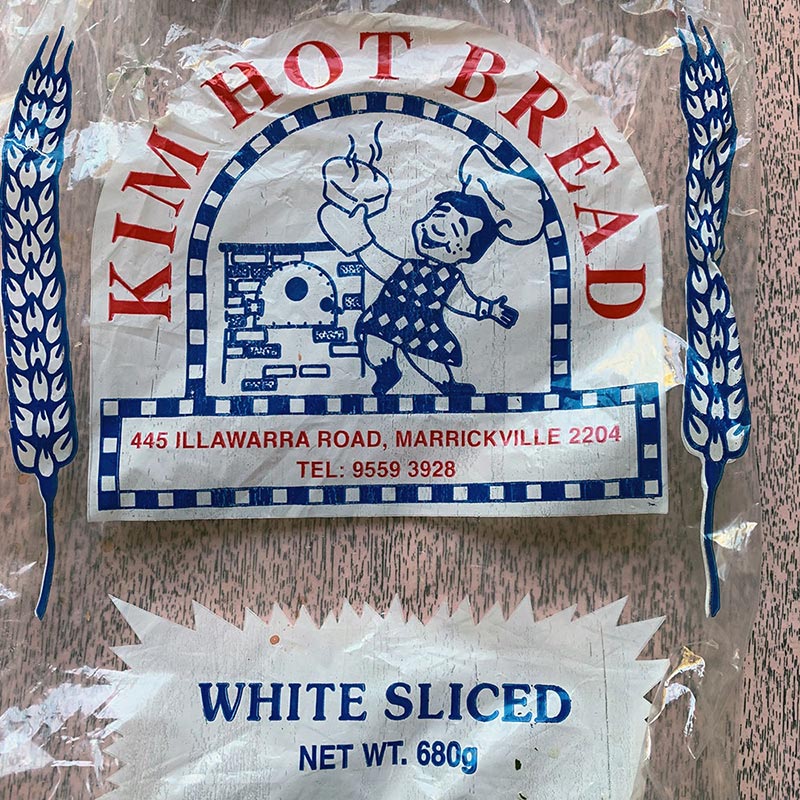
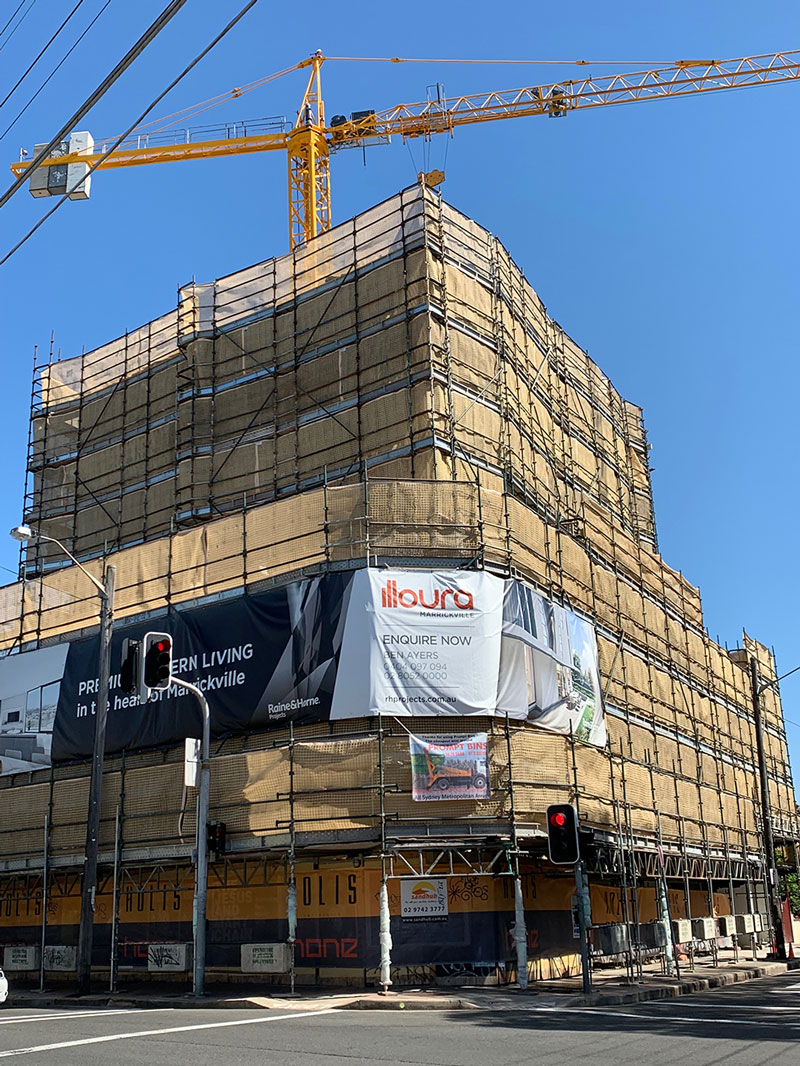
Kim Hot Bread is, indeed, frozen in time. It is a relic. And the sad thing was, that directly across the street was a very clear indication that its days might be numbered (pictured).
There stood one of MANY new apartment blocks springing up all over Marrickville, making promises of 'premium modern living.'
Needless to say, Kim Hot Bread felt a little out of step with the fast moving times happening around it. As I walked home from Kim Hot Bread, I was flooded with questions. What qualities make one Hot Bread sign better than another?
Was I being too sentimental? Aren’t there bigger problems in the world that I should be focused on?
What EVEN is Hot Bread?
According to the dictionary...
Hot Bread (noun): bread, rolls, biscuits or muffins served still hot from baking —usually used in plural.
Okay, but I have never once gone into a Hot Bread bakery and been served hot bread, it’s always been room temperature.
Isn’t that just blatant false advertising? People would be outraged if they walked into a pub claiming to serve 'Cold Beer,' that was lukewarm. So why do Hot Breads get away with such a stretch of the truth?
Shouldn’t they just be called ‘Sometimes Hot Bread?’
Was it a cultural thing? Something lost in translation?
.gif)
The questions kept on coming and I was moved by a strong urge to answer them and perhaps, document what I was seeing, beginning with this amazing illustration on Kim Hot Bread’s front window (pictured) - quite possibly the most anatomically unusual thumb adorning any eating establishment in the known universe.
I started thinking a lot more deeply about bread and the visual style of Hot Bread signs, and I began to notice some intriguing commonalities amongst them, which I will share with you shortly.
But first, while we are still on the topic of Kim Hot Bread, a couple months after the frozen clock event, I returned to film the inside of Kim Hot Bread with a 360° camera, which I later turned into a VR, or BR (Bread Reality) Experience to use in my Hot Bread Exhibition.
On this occasion, I was lucky to meet the real Kim, the namesake of Kim Hot Bread. Kim was a very nice man and showed a lot of interest in what I was doing.
I told him I would return one day, so that after I had processed the 360° video, he could wear some VR headgear and virtually experience his own Hot Bread bakery, while standing in his Hot Bread bakery.
He seemed to like that idea.
Unfortunately however, I still haven't gotten around to visiting Kim just yet, but if you would like to virtually experience Kim Hot Bread for yourself, please check out this video for the full immersive experience (minus the mouthwatering smell of fresh baked goods of course).
**some VR video features might not work for you depending on the type of web browser you are using, however it works well in the Youtube app on a smart phone.
My Research
Sydney has many Hot Breads. There are at least 100 Hot Bread bakeries in the greater Sydney region. However, this number only accounts for what is searchable on Google Maps, and there may actually be more.1
In addition to my own research, carried out on foot or on my bike, I was also able to use Google Street View to classify over 50 Hot Bread bakery signs according to their location, type of font used and their text colour and background colours. I also noted whether they were hand-painted or digitally rendered and if they had three-dimensionality (eg. 3D letters cut from Perspex or wood) or had implied three-dimensionality (e.g. drop shadow or letters drawn to look 3D).
For each entry I also included other additional information that might assist with identification and for archival purposes.
The Hot Spreadsheet
-Red is by far the predominate colour for the primary text (ie. the words Hot Bread)
-Brown, a colour most commonly associated with bread is hardly ever used (found in only one instance)
-White and yellow are the most common background colours for signs
-Serif and slab-serif fonts are the most common (over one third of all signs)
-The Sydney suburb of Cabramatta has the most Hot Bread bakeries (five in total, Marrickville and Redfern are tied for second with three a piece)
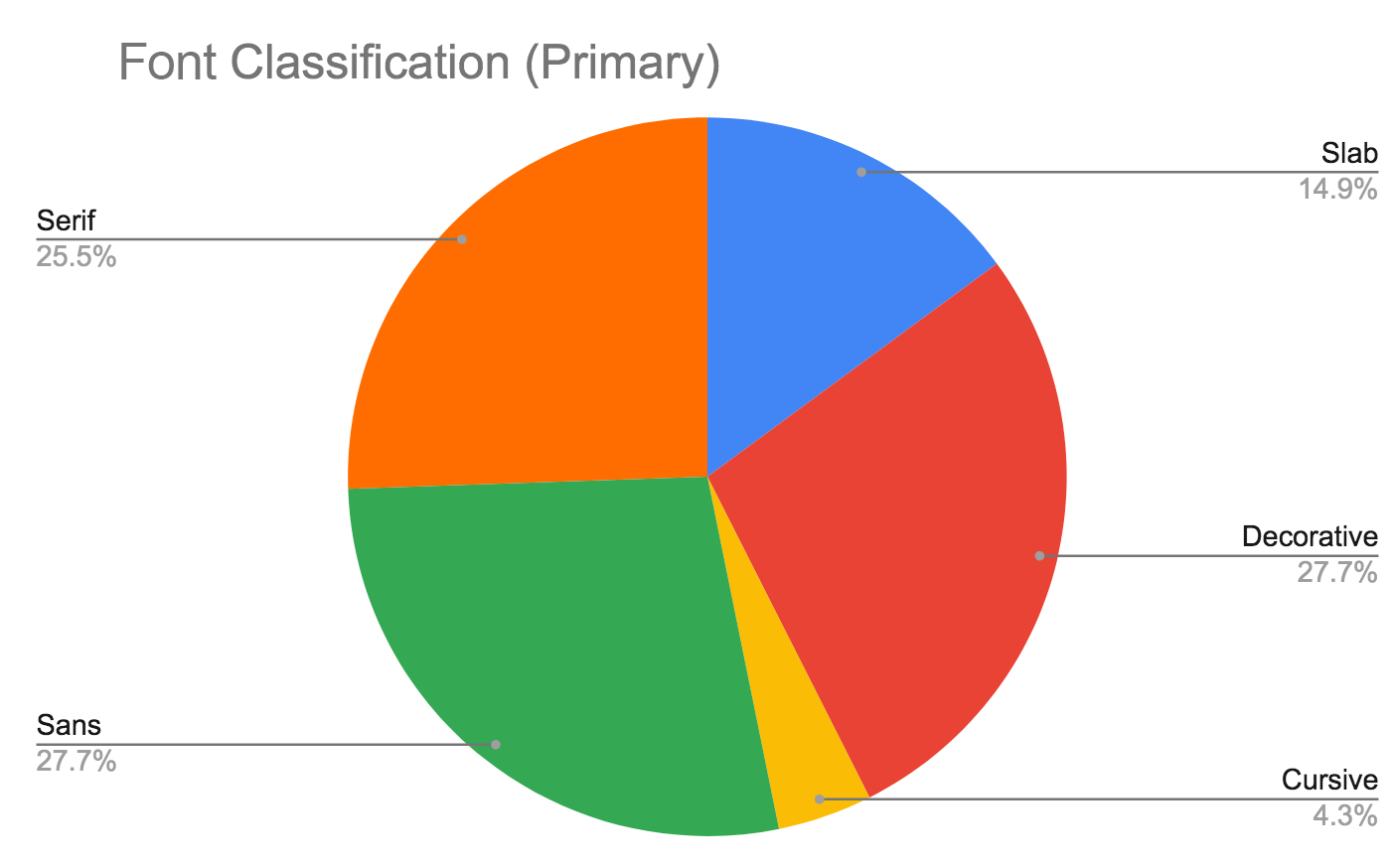
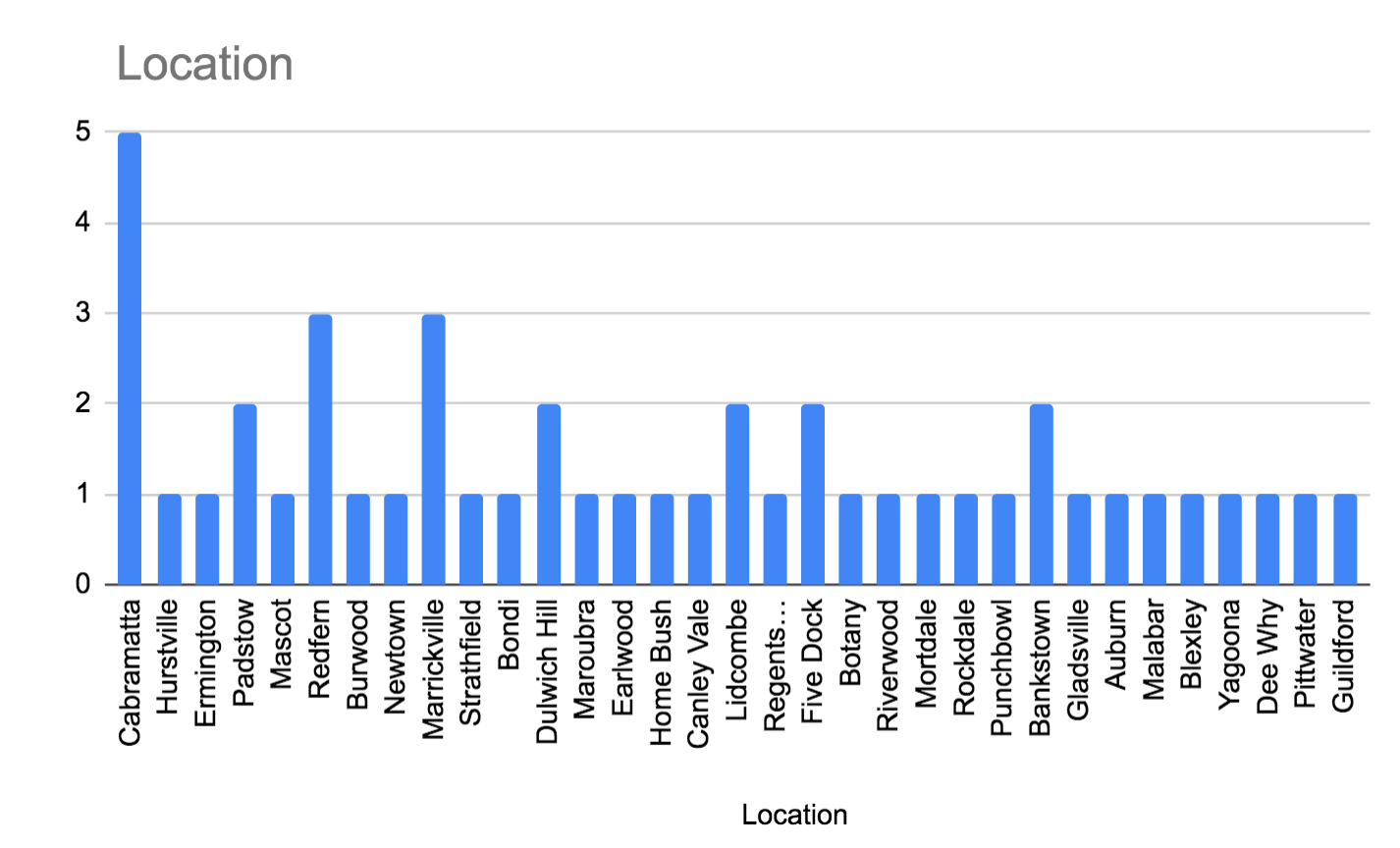
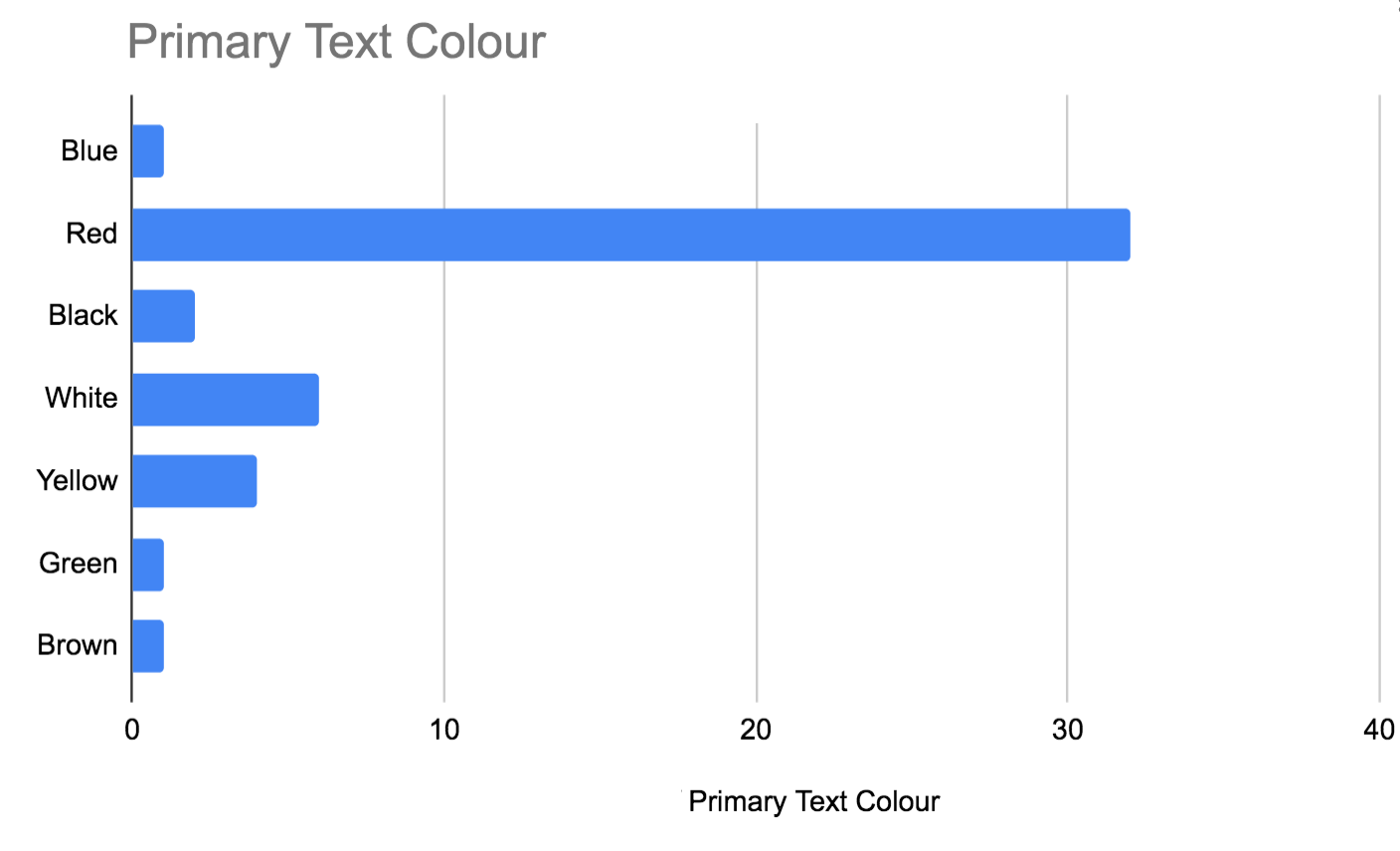
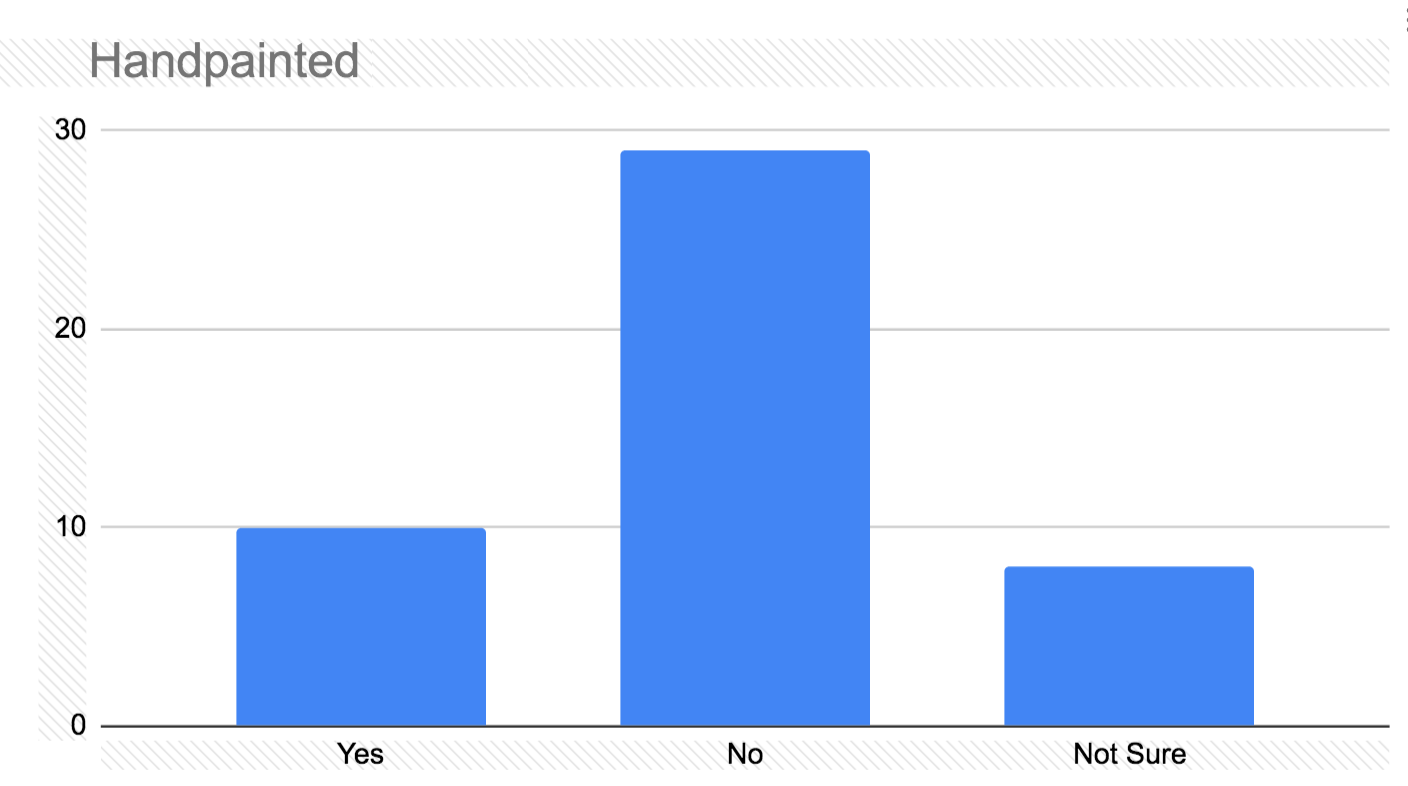
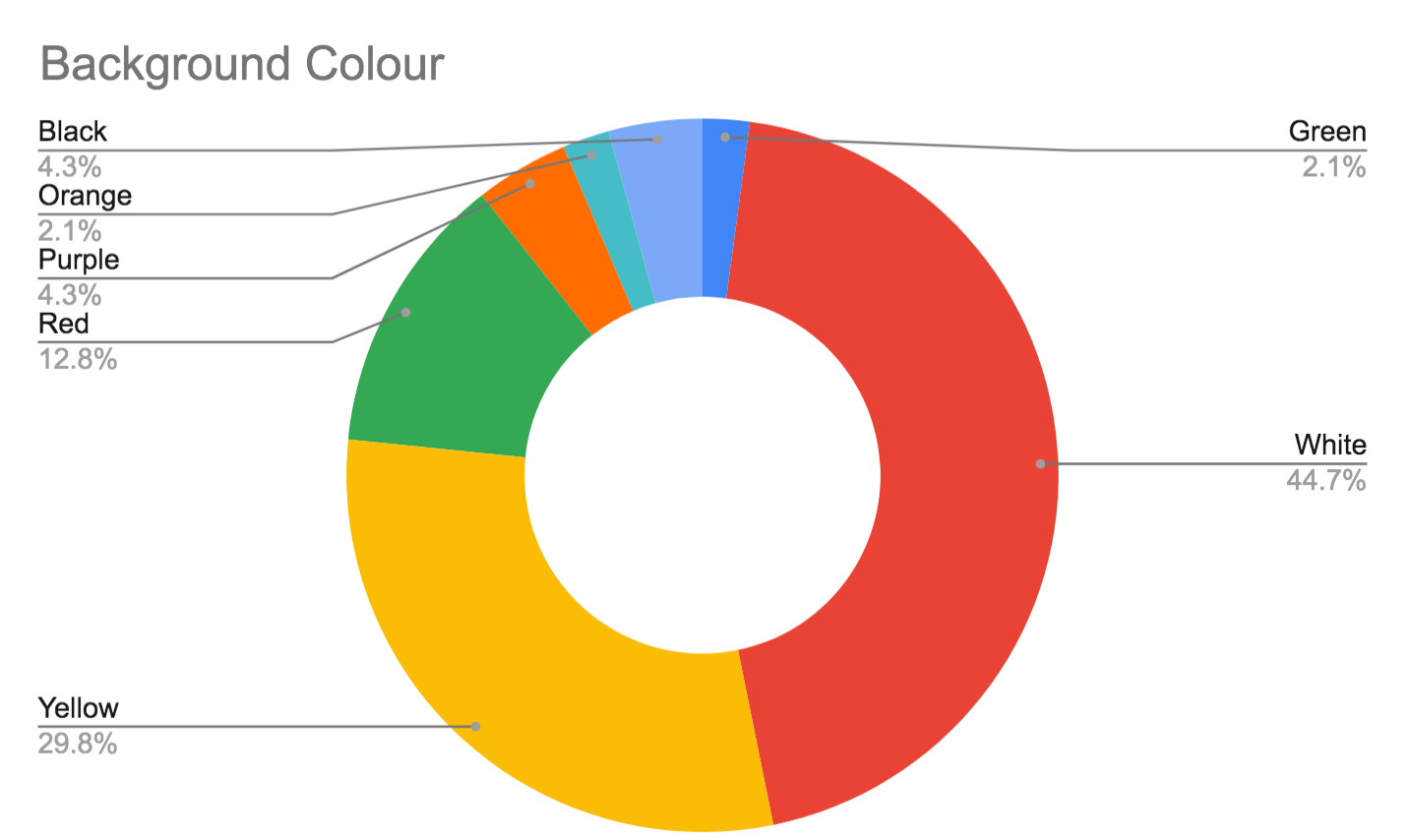
Some More Things I Learned Along the Way:

Ancient Bakers
Although it is commonly believed that Ancient Egyptians are the world’s oldest bakers (there is evidence as far back as from 17,000 BCE), it is in fact Indigenous Australians whom actually hold the title as our planet's original bakers.2
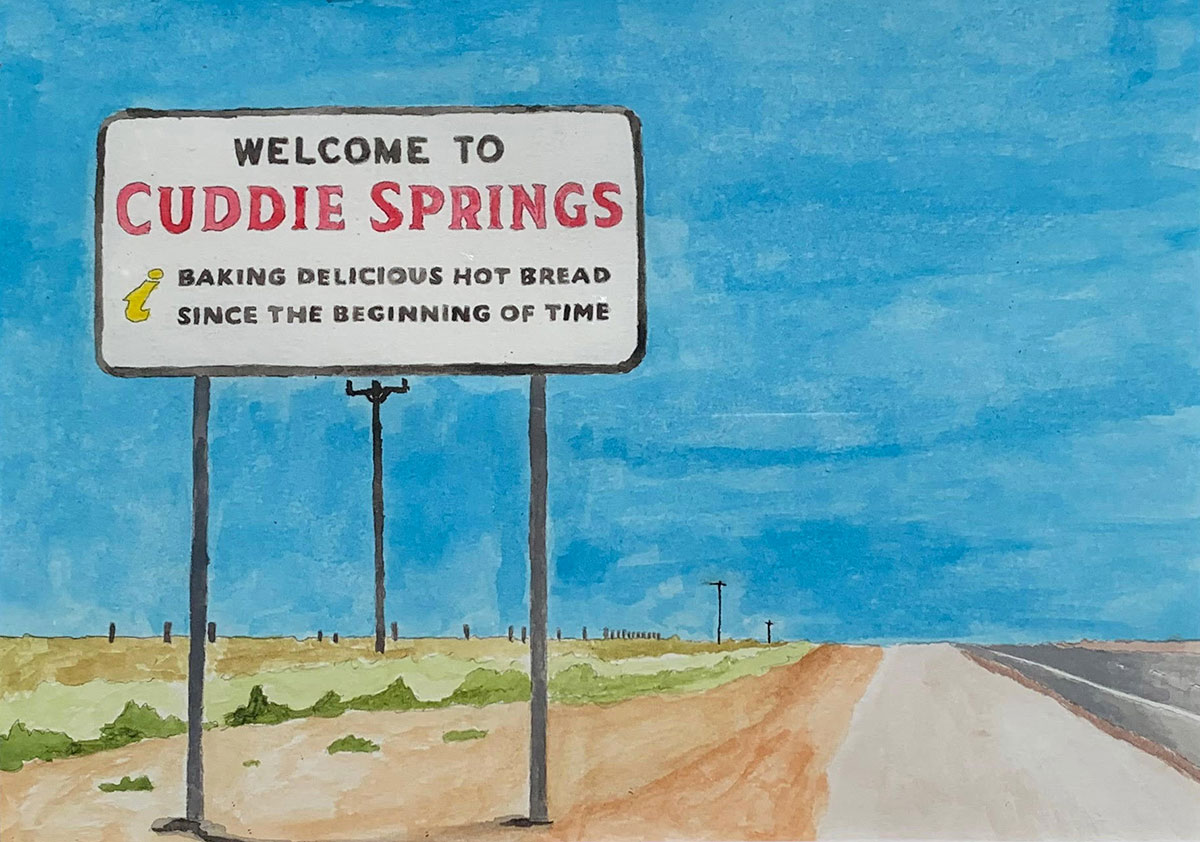
In North West NSW archaeologists have uncovered a grindstone at an archaeological dig called Cuddie Springs - located near Brewarrina on the traditional lands of the Muruwari, Ngemba, Weilwan and Yualwarri peoples. The grindstone was used to turn seeds to flour for baking about 36,000 years ago.3
To be clear, Egyptians didn’t start making Hot Bread for another 17,000 years after bread was already being baked on the continent we now call ‘Australia.’
Pictured is a watercolour painting from the Hot Bread Exhibition called 'Welcome to Cuddie Springs.'
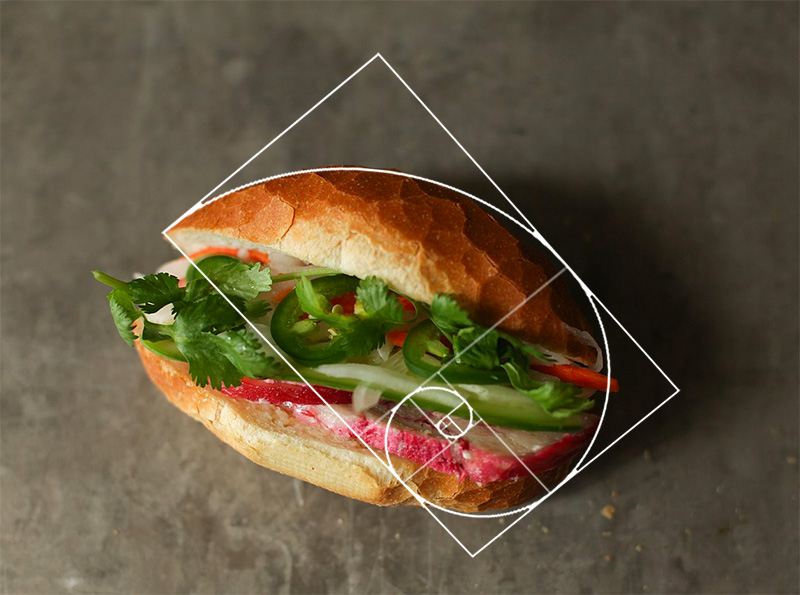
The Golden Mi
The dimensions of a Vietnamese bread roll are very close to the golden ratio or phi. The Golden Mean, Divine Proportion or Greek letter Phi exists when a line is divided into two parts and the longer part (a) divided by the smaller part (b) is equal to the sum of (a) + (b) divided by (a), which both equal 1.618.7
7
However, although the bread roll is slightly off this ratio, once it is filled with an assortment of standard Banh mi ingredients, it is very much aligned to the ratio (see picture).
If you have ever wondered why the line gets so long at Marrickville's renowned Pork Roll hole in the wall (pictured earlier), it's not just because their Banh Mi's are delicious, it might also be because people are seeking a deeper connection with the divine harmony of the universe while on their lunch breaks.
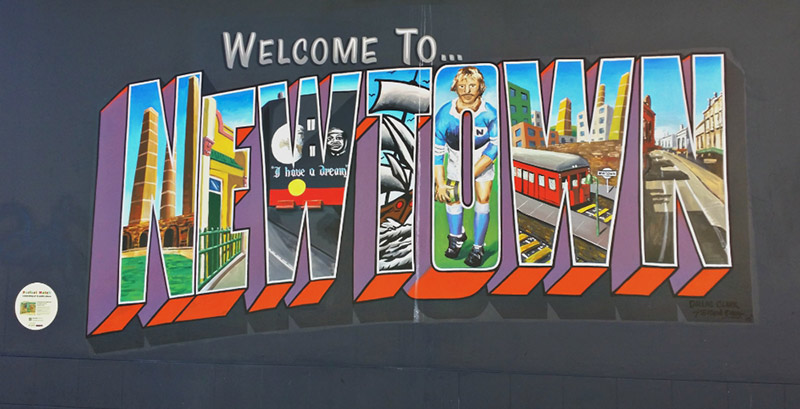
The Best Thing Since…
The earliest brand of sliced bread in Australia first appeared in Newtown, a suburb very close to Marrickville, in the late 1930s. Prior to that bakers might only slice bread at a customer request. However during the Second World War, bakers were banned from selling sliced bread because there were shortages and rationing.8
Pre-sliced bread goes off faster than non-sliced bread because more of the bread's innards are exposed to bacteria in the air, thus speeding up its decay. Bakers were threatened with losing their license to bake bread if they were caught pre-slicing it.
Margarine in Australia was invented in Marrickville using peanut oil, the result of wartime rationing of butter during the First World War.9
At the Speed of Toast
Trying to speed up the time it takes to make a piece of toast by using lasers or a really hot knife makes the toast taste terrible.10
It results in burnt toast.11
Moral of the story: You can't hurry toast, you just have to wait.
Pizza = Hot Bread
Although this might be controversial for some people, 'Pizza' is really just a fancy Italian word for designer hot bread with other edible 'things' on it.
Think about it. Cold pizza is alright, but any Italian pizza chef who knows their stuff will tell you, get it while it's 'hot' for best results.
Also, if there was a mathematical formula for toast, it would be...
Hot Bread x Hot Bread = Toast
As in, bread that has been baked twice, or...
Hot Bread 2 = Toast
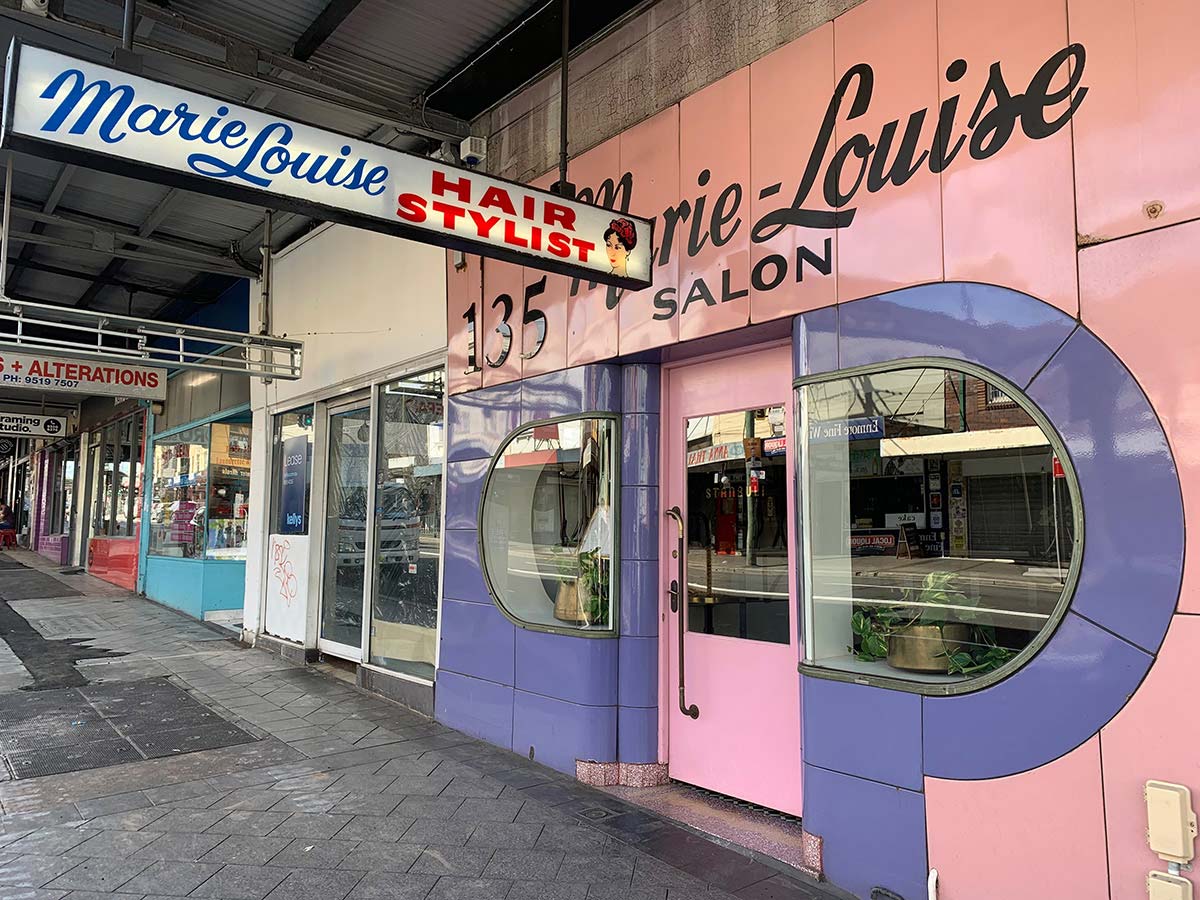
Signs for the Times
It’s important to not be too doomy and gloomy about the fate of beloved old Hot Bread bakery signs, because not all cool signs die in the face of that ugly word ‘gentrification.’
In fact, some lucky ones achieve a kind of immortal status, and even though the decorative words adorning a building are no longer associated with the inner workings of the building itself, the sign is cherished for its visual merit and is allowed to live on through the ages. One example of this sweet justice in action, is the much adored Marie-Lousie Salon on King Street in Newtown, which is now a wine bar (pictured).
Just for the sake of it, and even though it has nothing to do with Hot Bread, I've included a couple of my favourite Sydney signs, 'Nice Shoes' which is in Marrickville, and the other, which has no name (and I've never been able to work out exactly what it's for), is on Harris Street in Sydney's CBD. I call this one, 'Dolphin Paradise.'


Artworks from Hot Bread - The Exhibition

**some VR video features might not work for you depending on the type of web browser you are using.
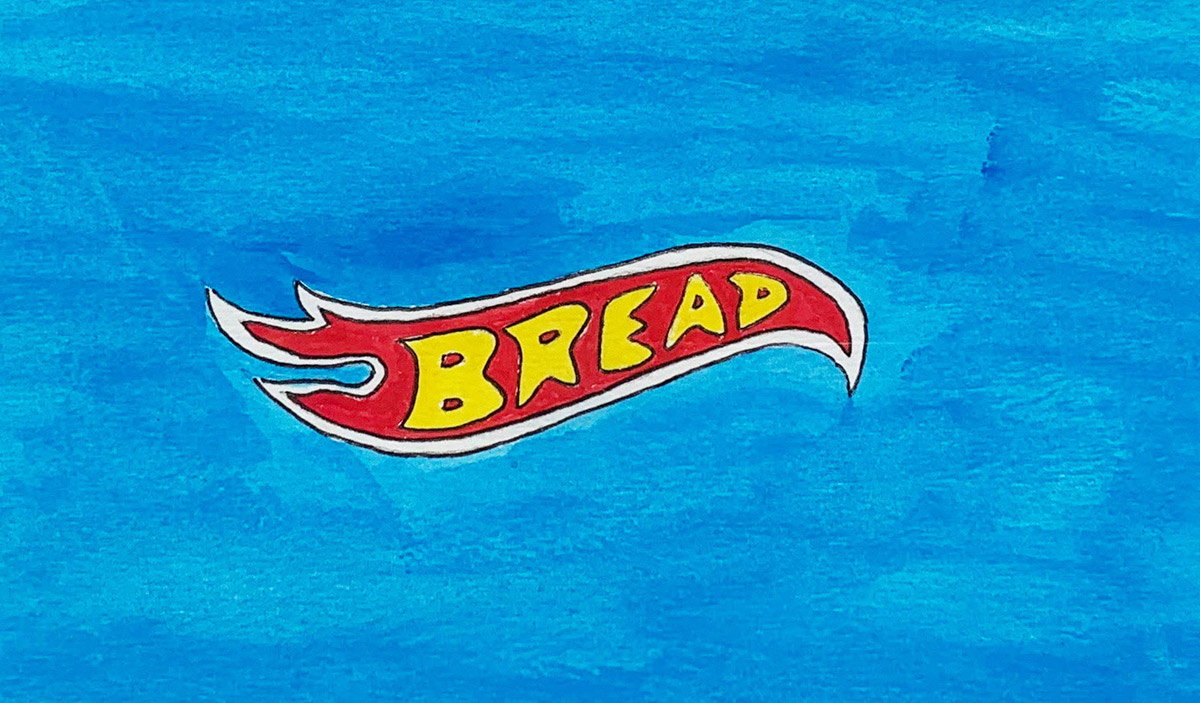

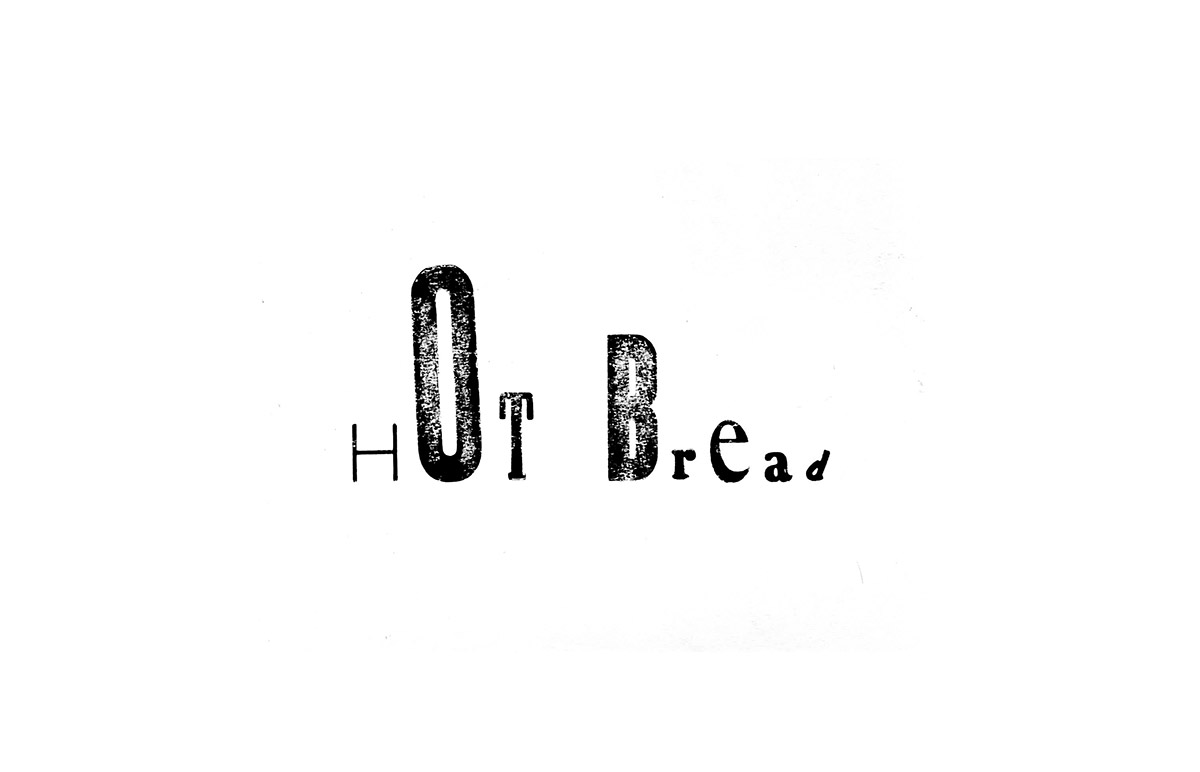
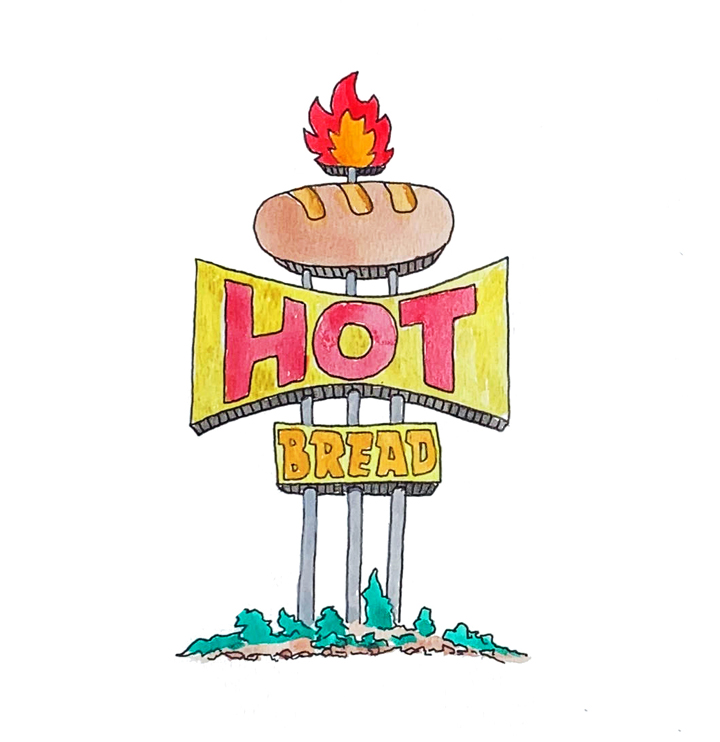

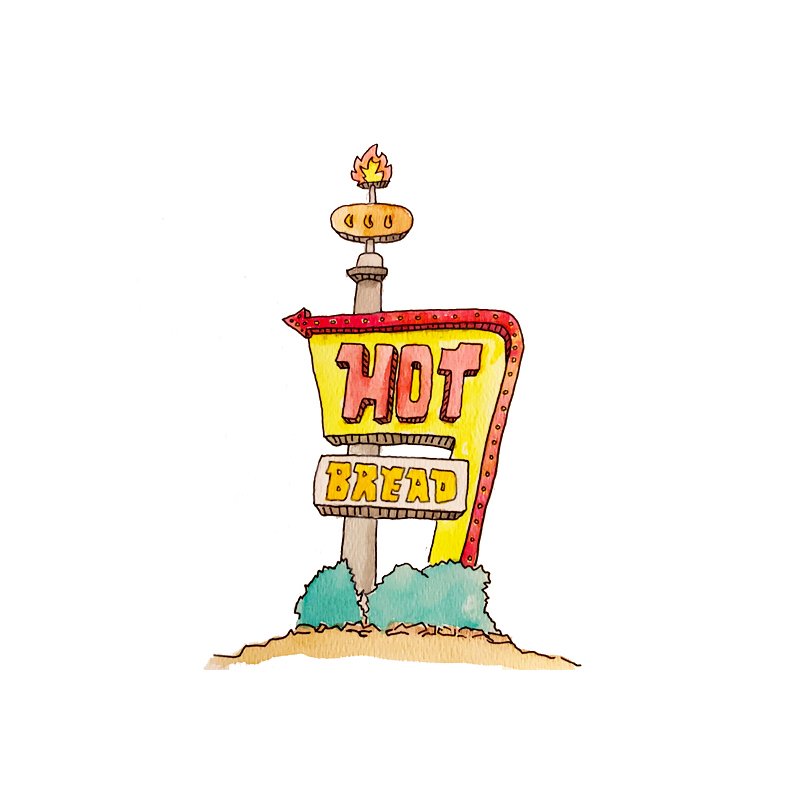
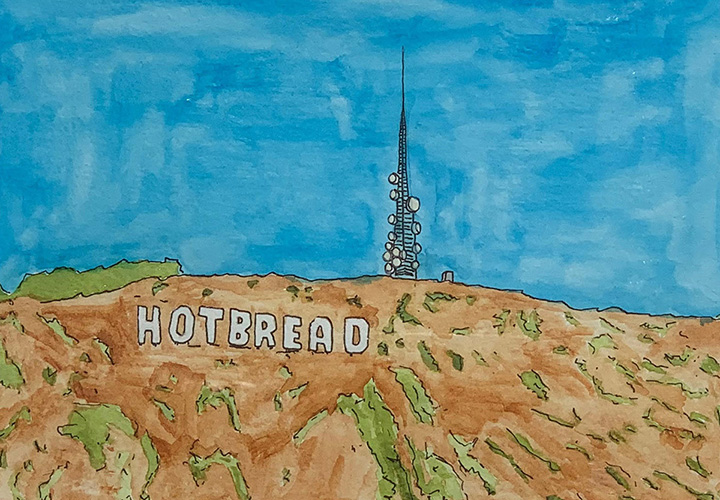
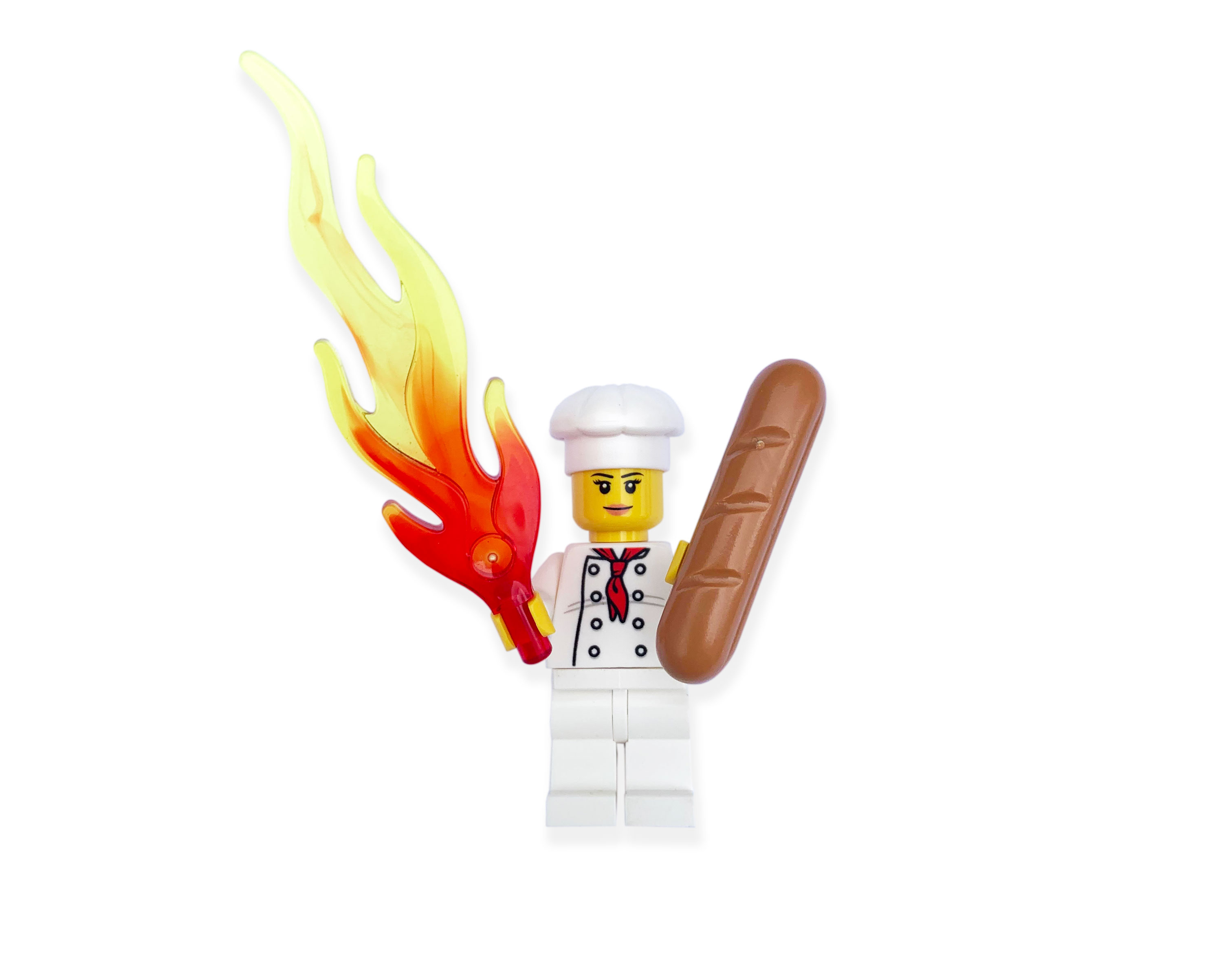
And Finally, a Hot Bread Inspired Font
HB Loose Inline Display
Born under the influence of Hot Bread bakery signage, HB Loose Inline Display has the added smell of fresh baked bread rolls and warm cinnamon doughnuts. You can take it for a taste test below...
You can download it for free to bake as you please.

